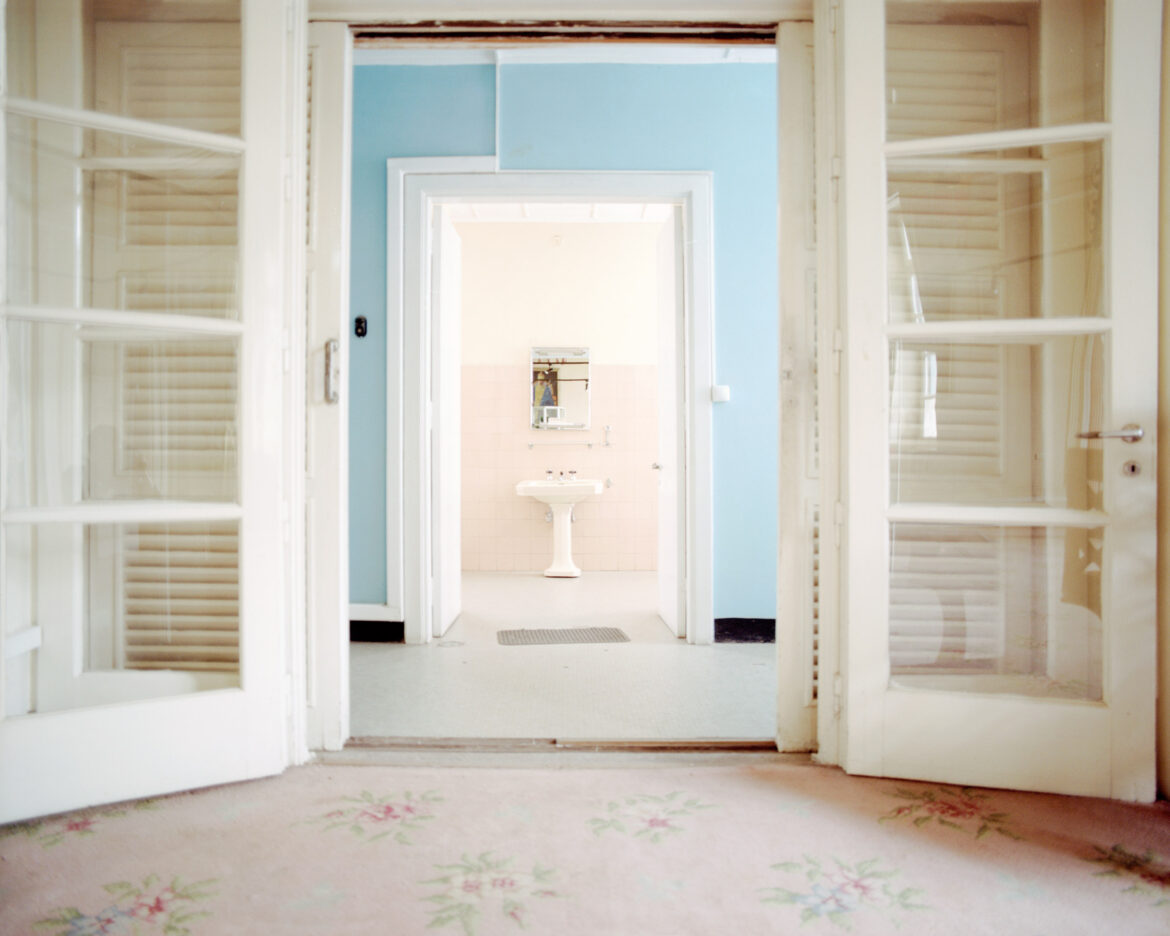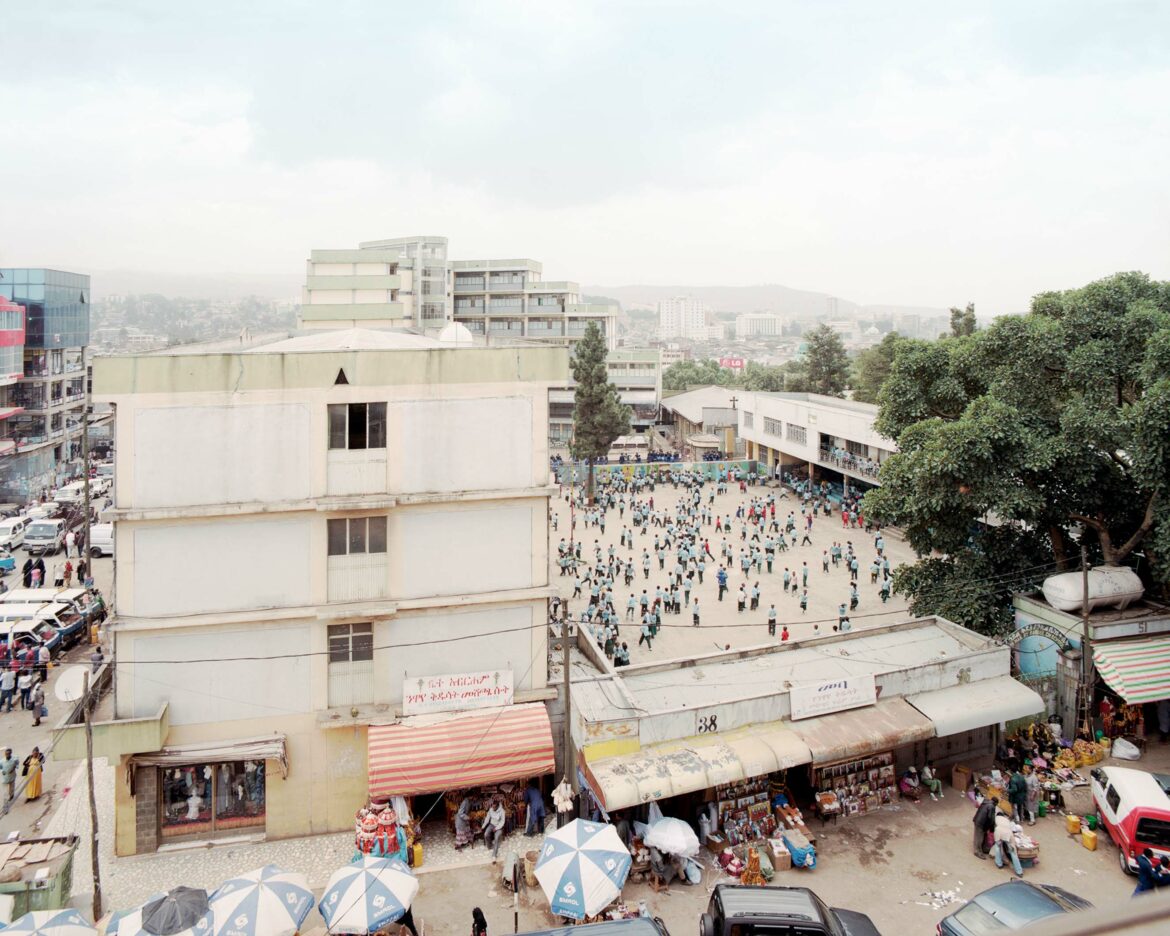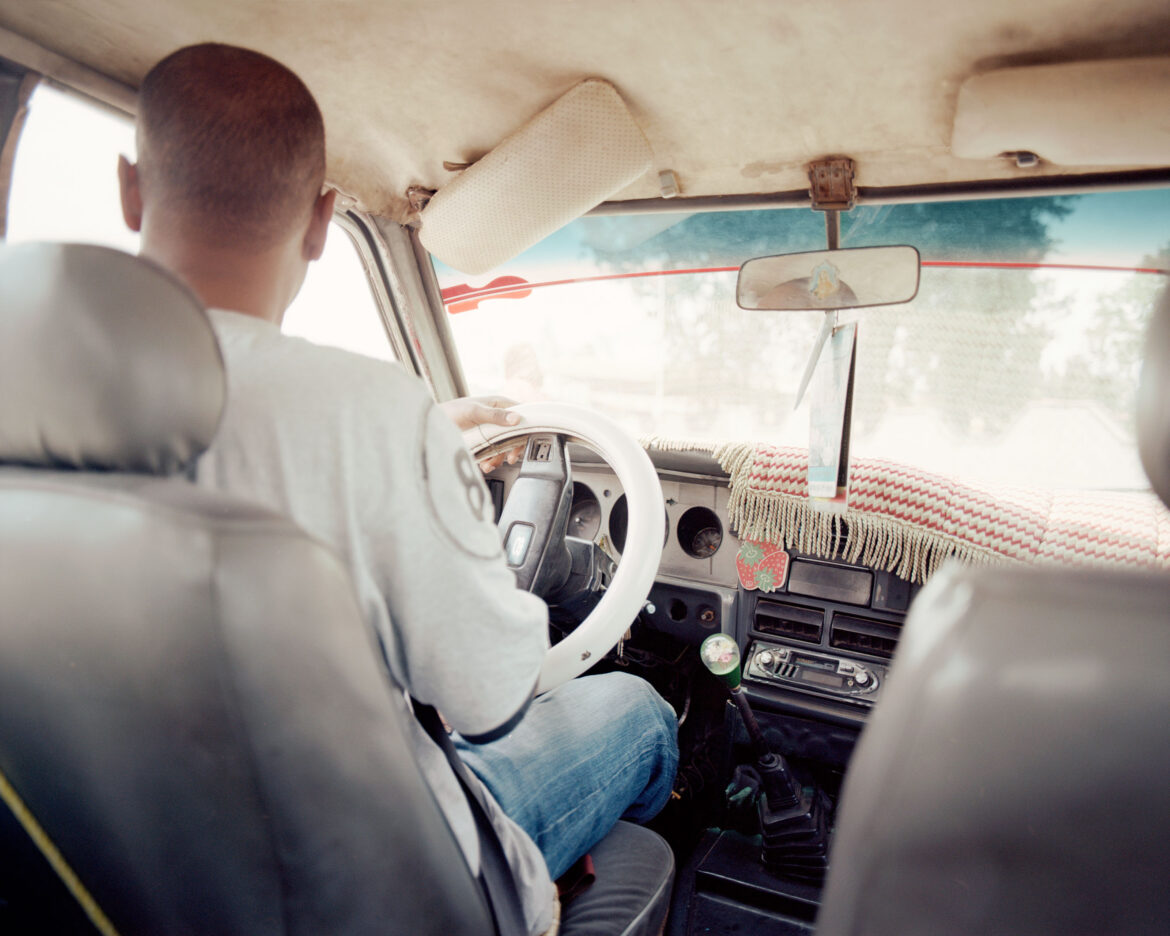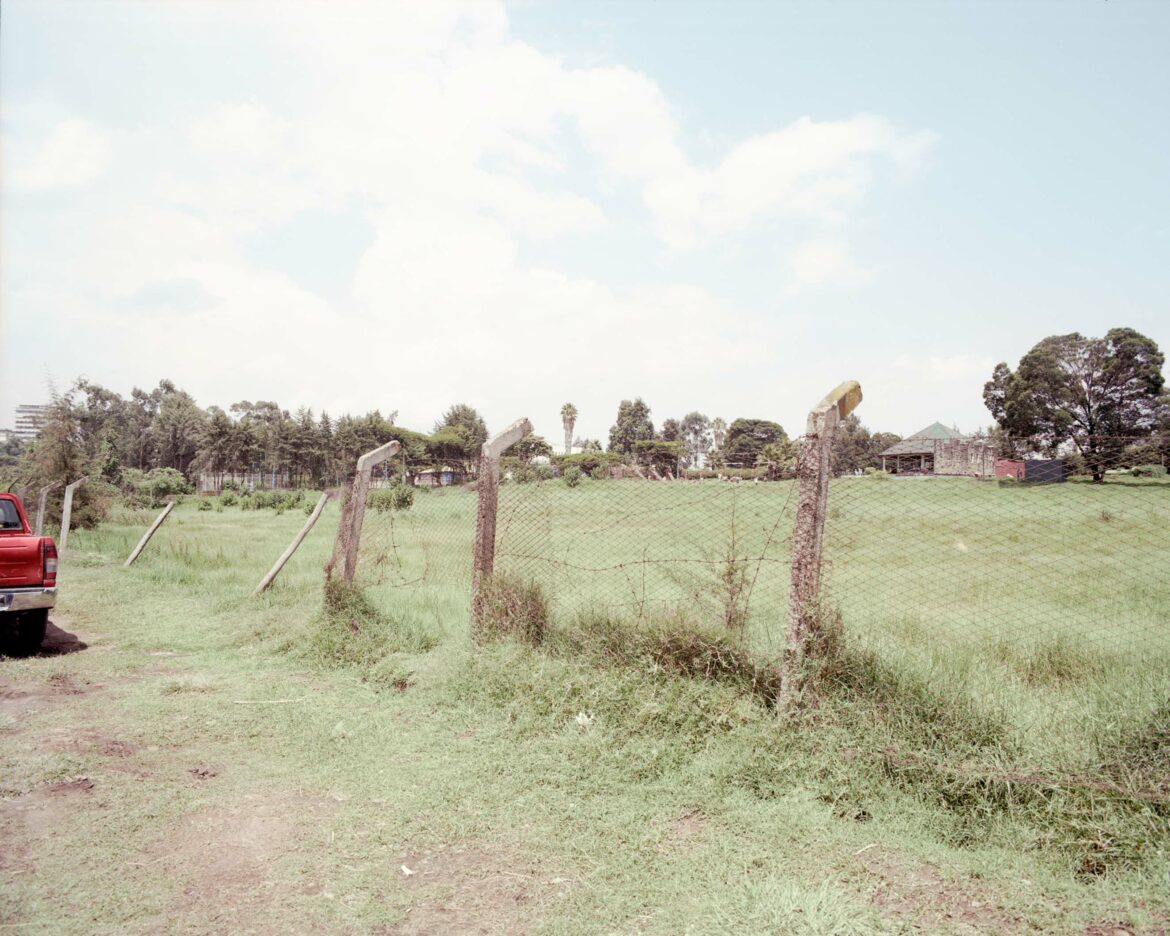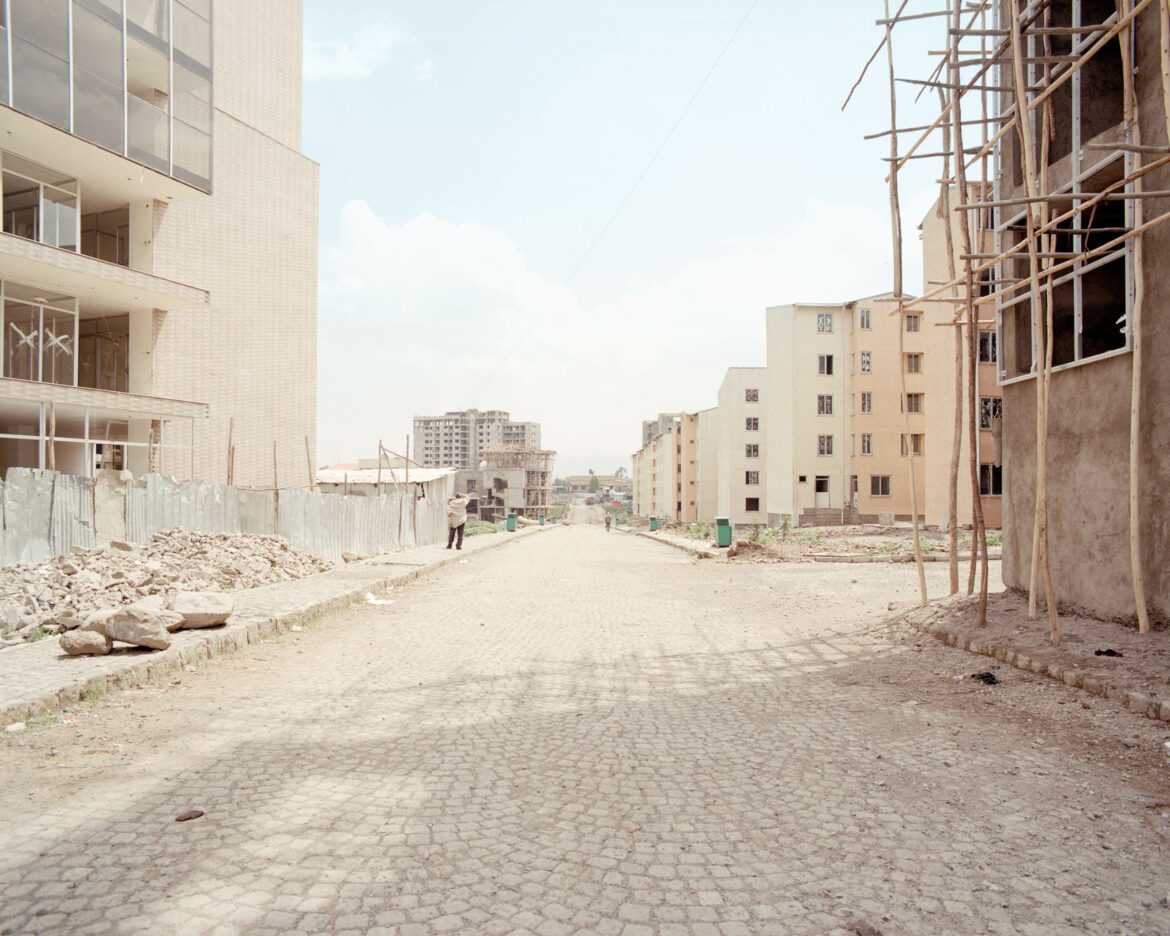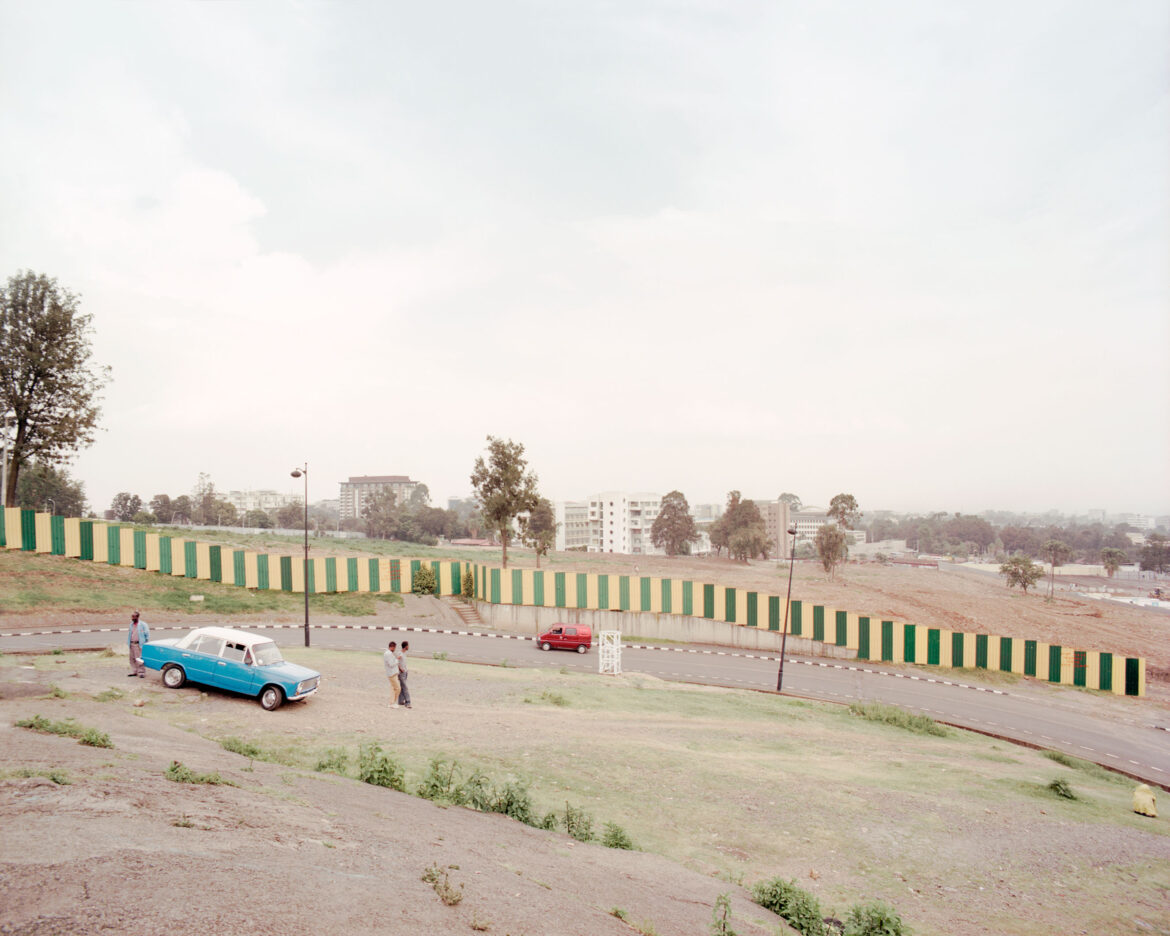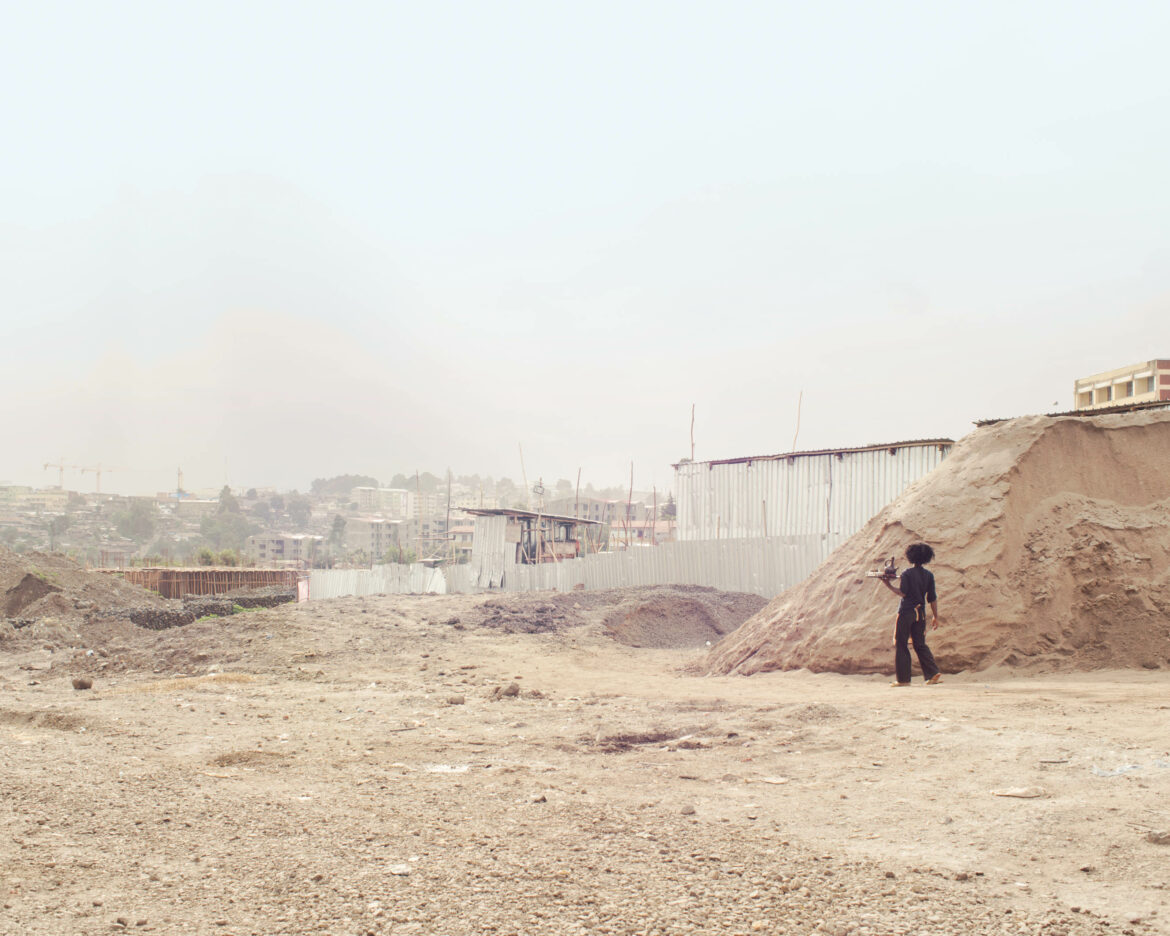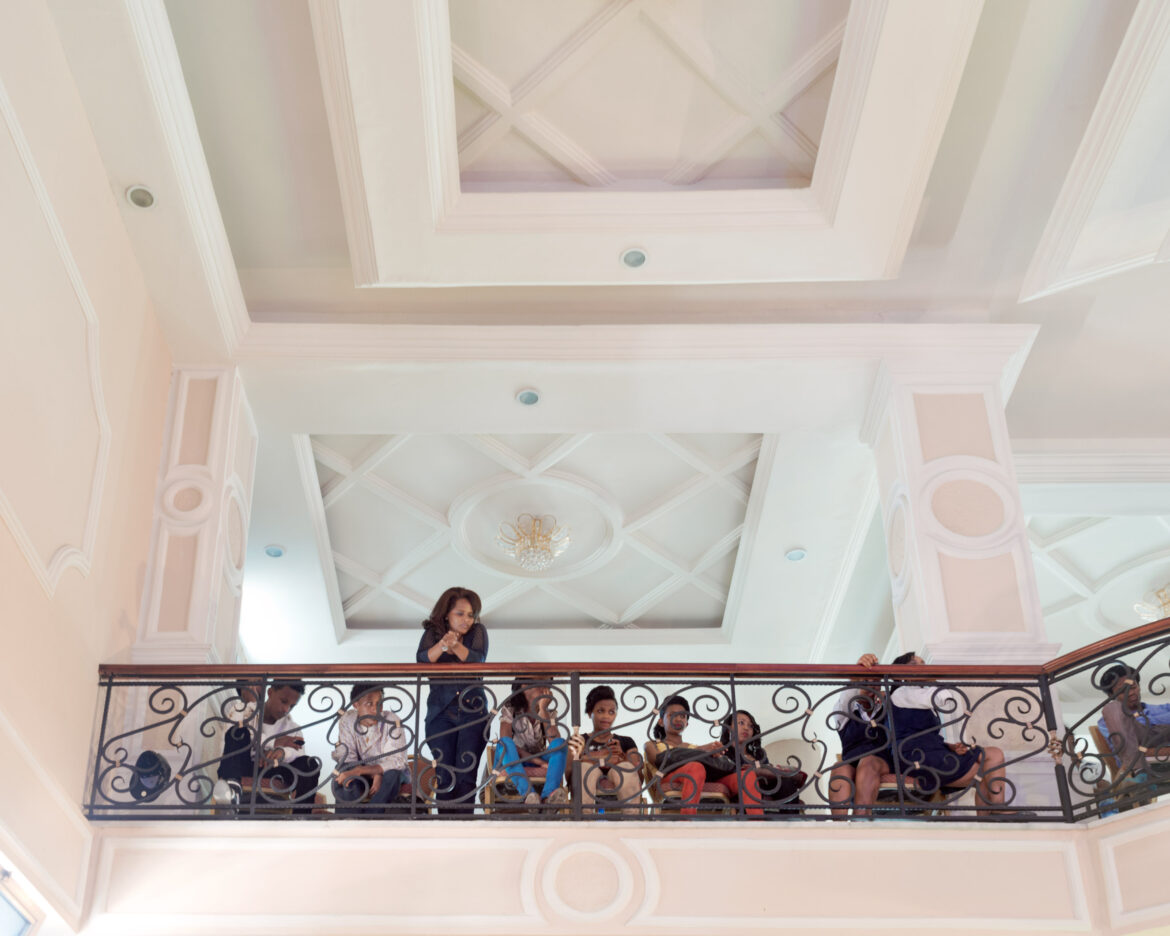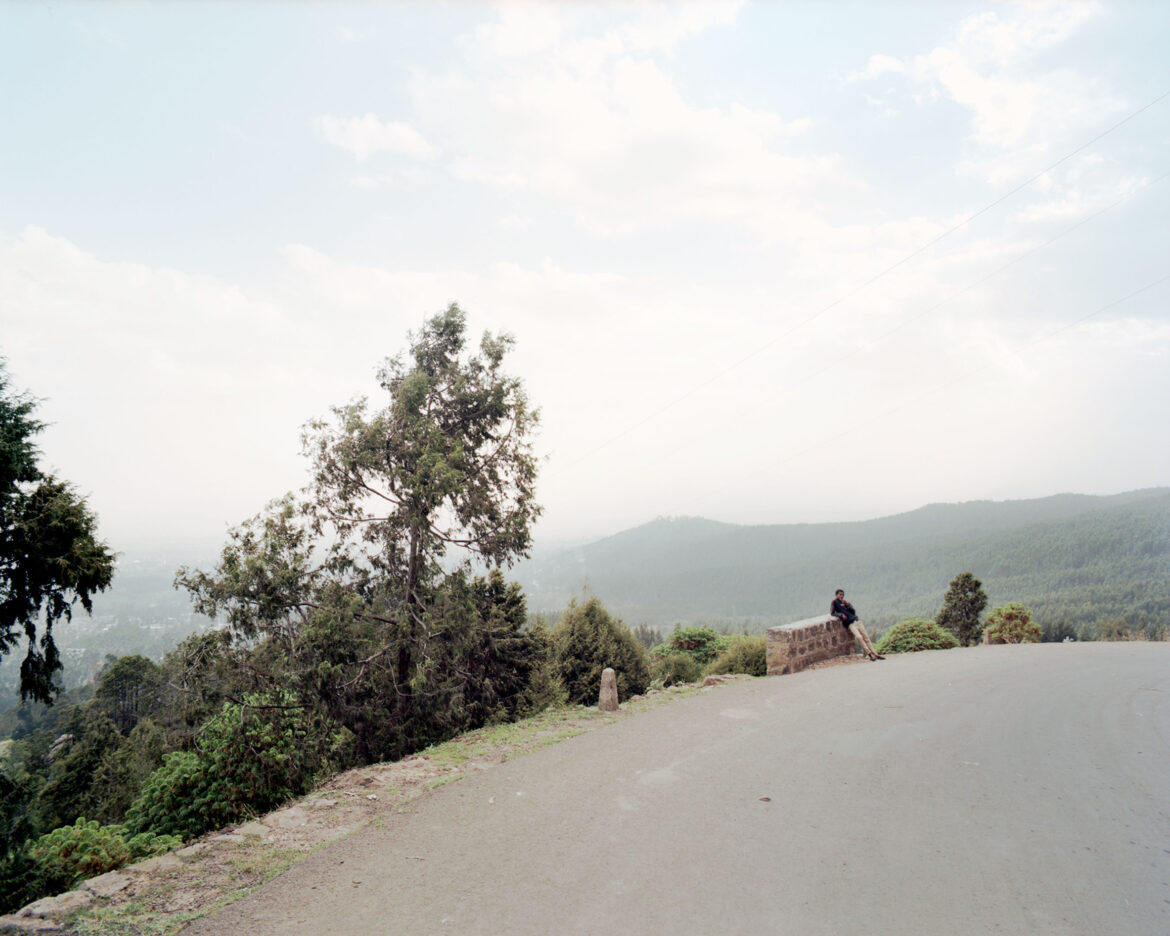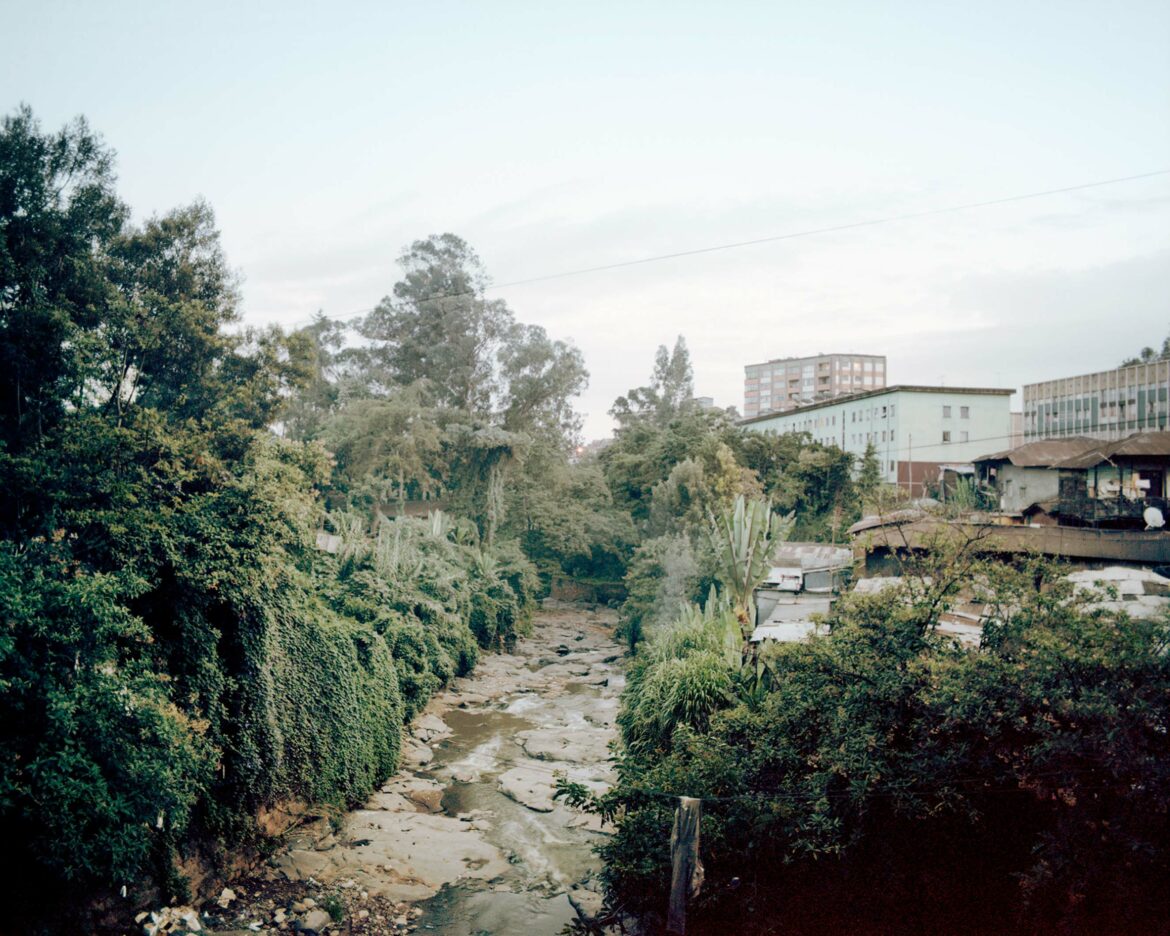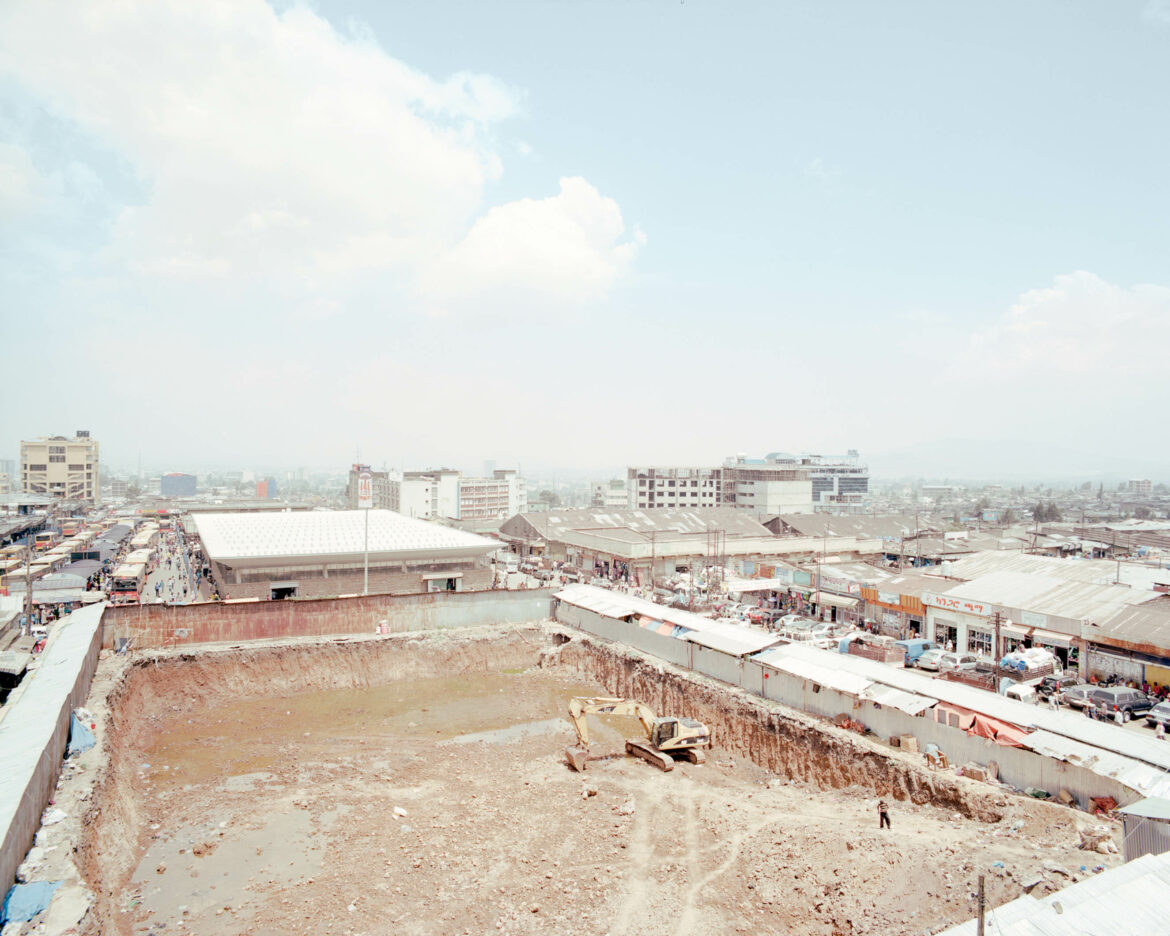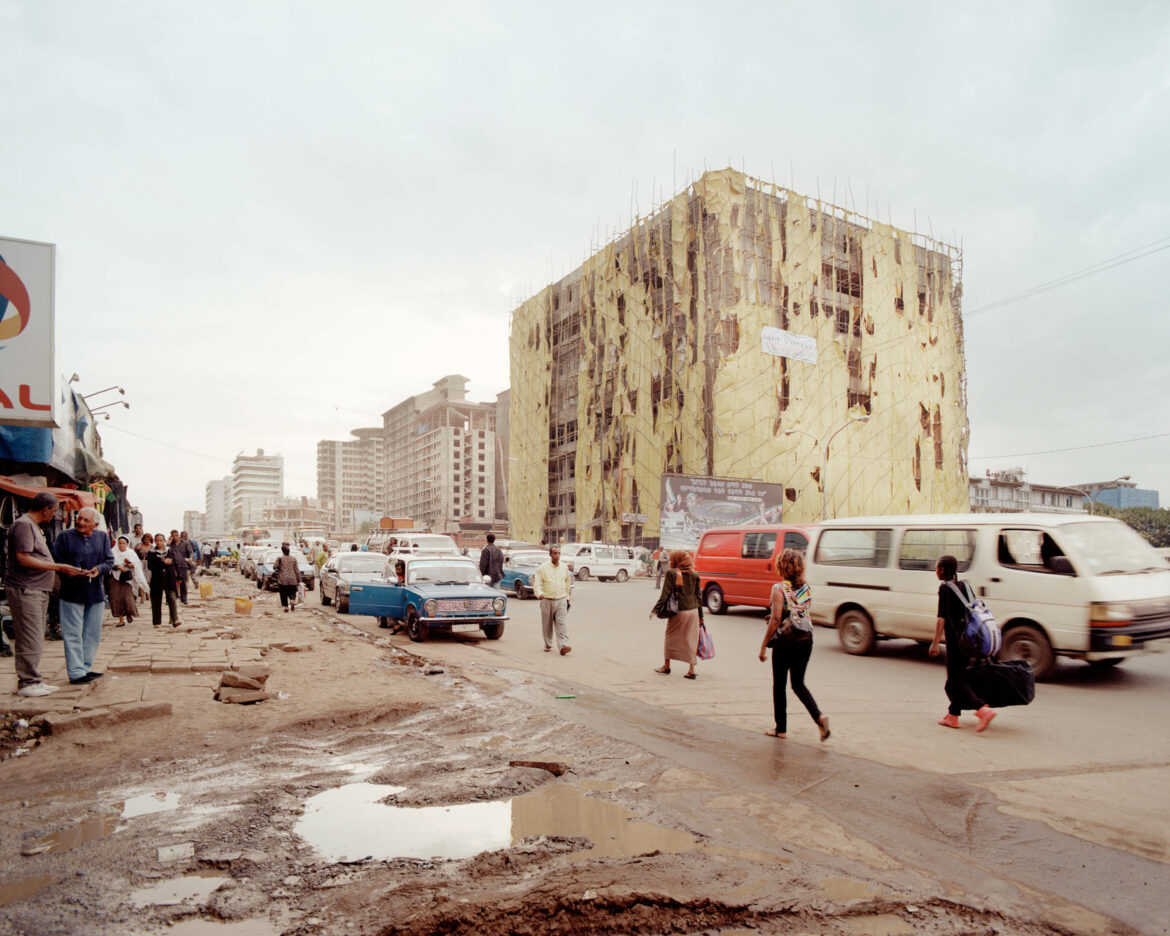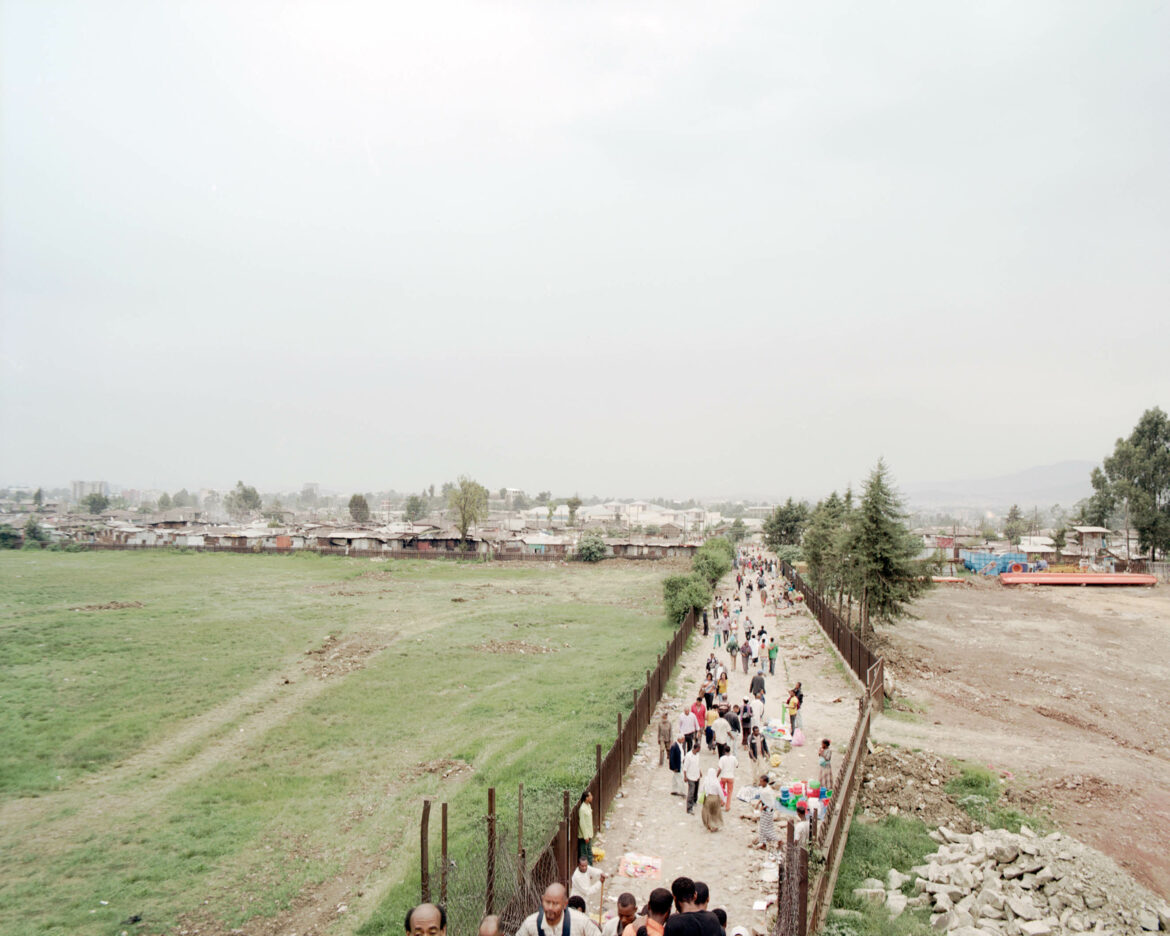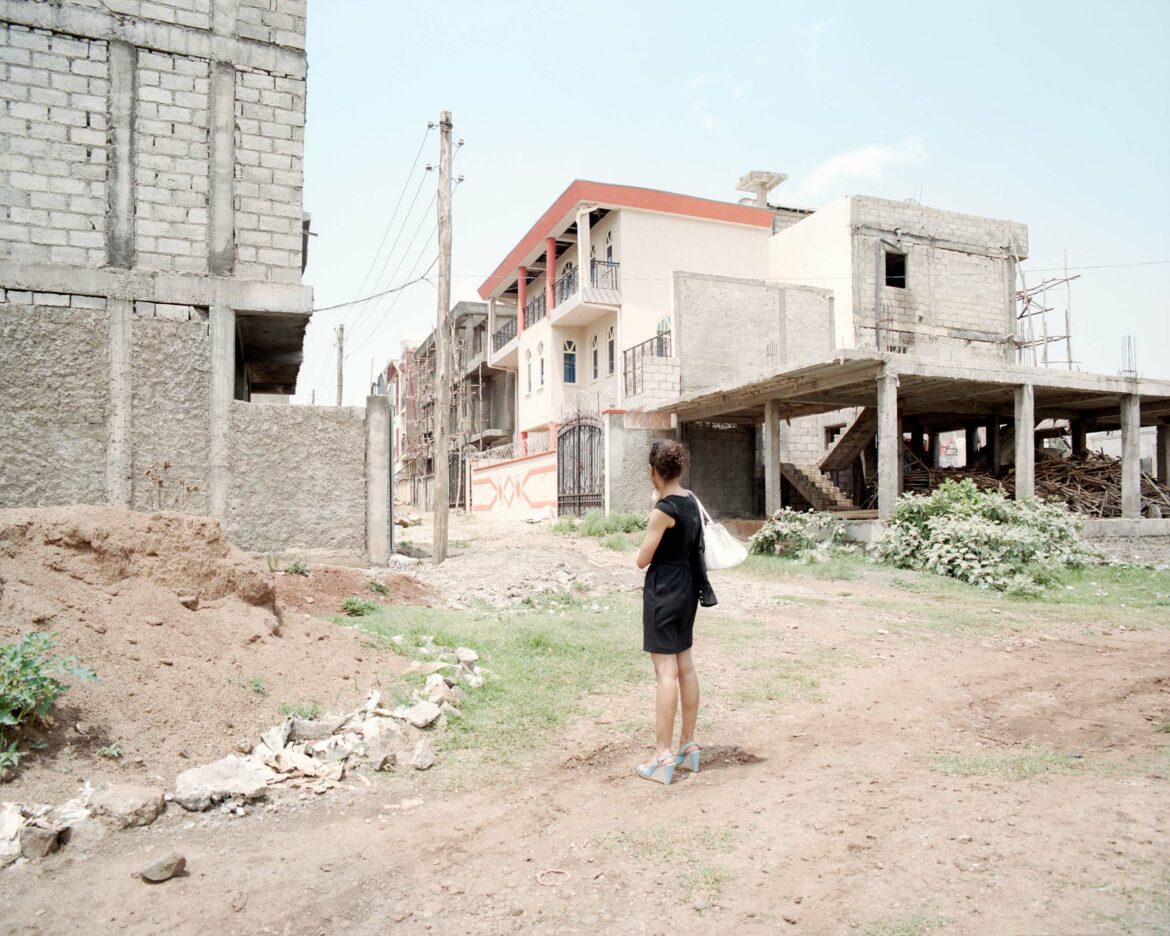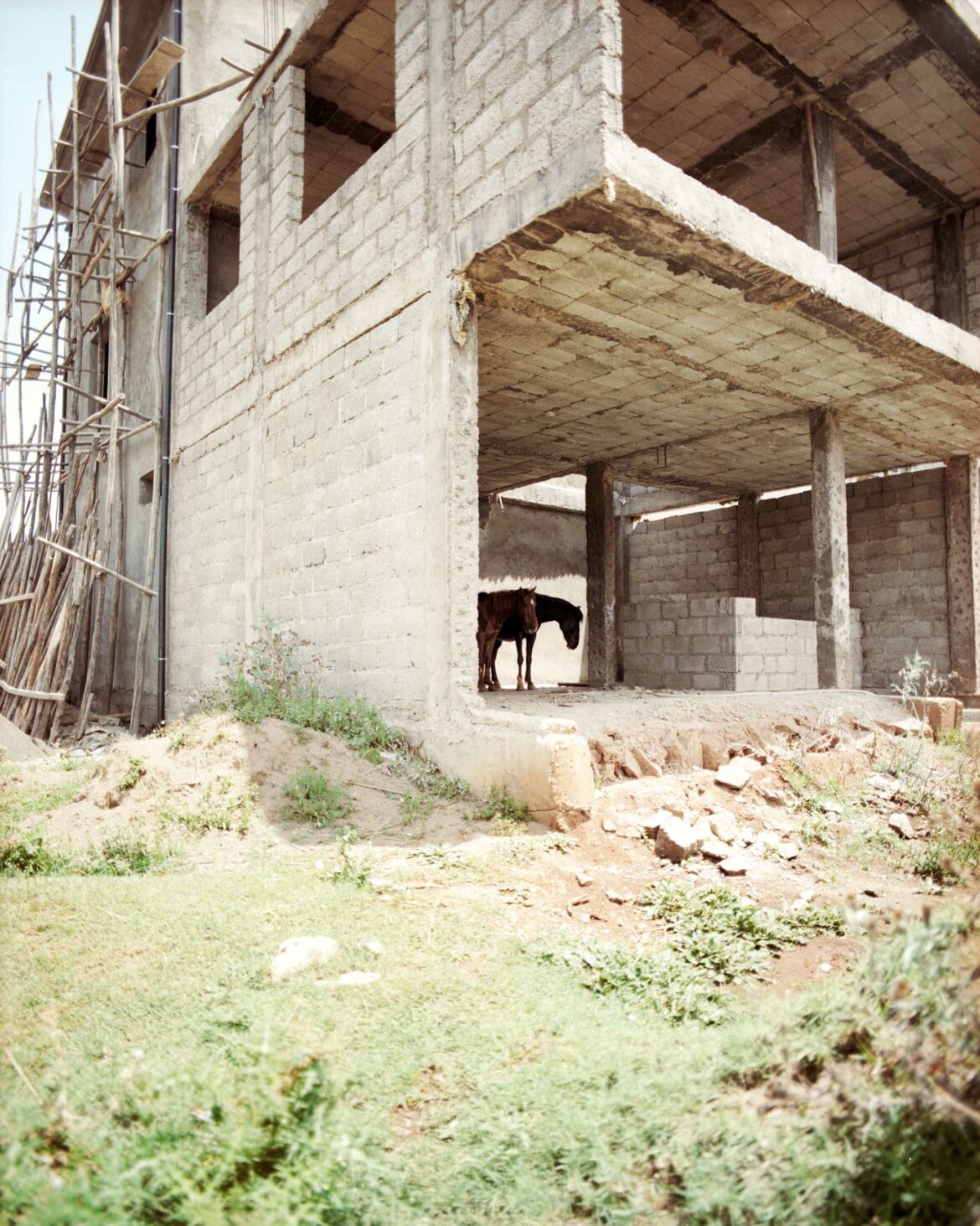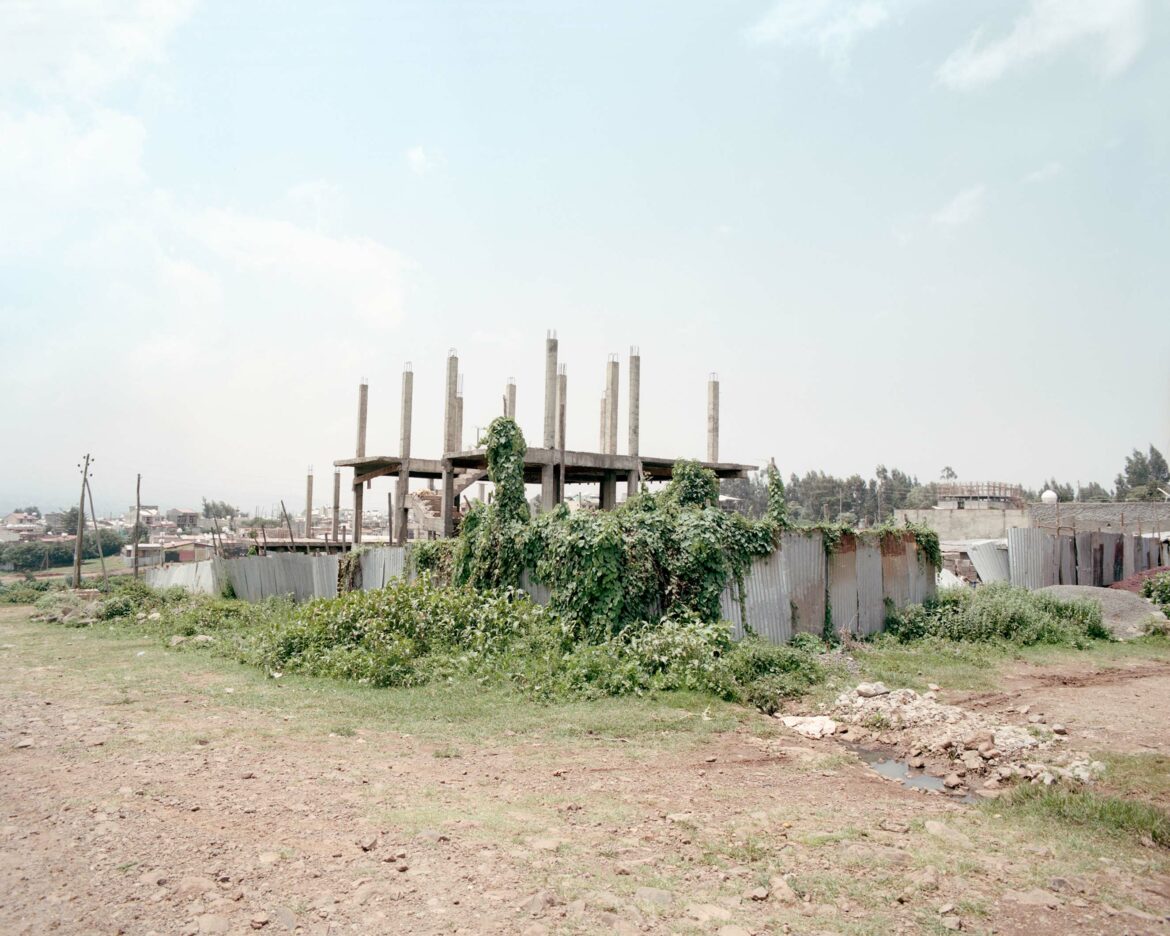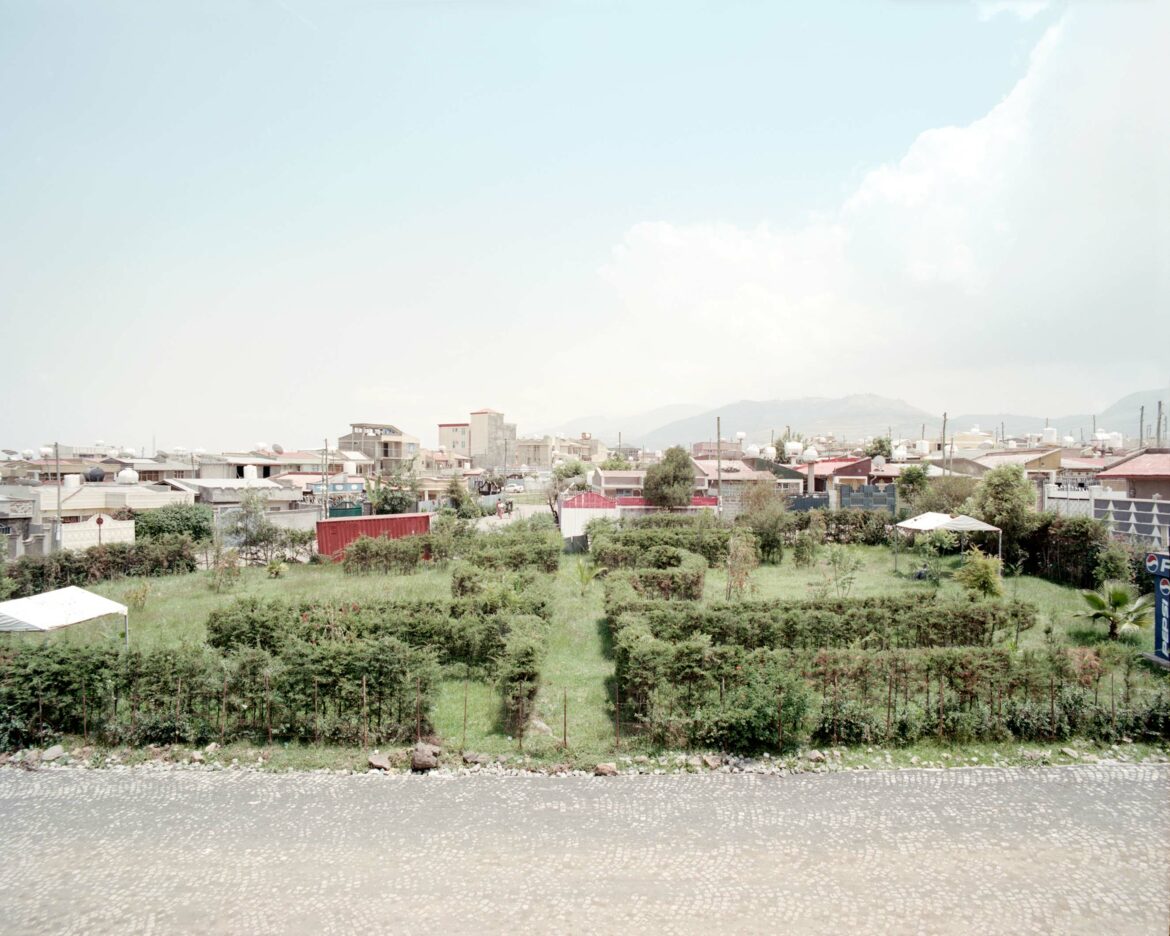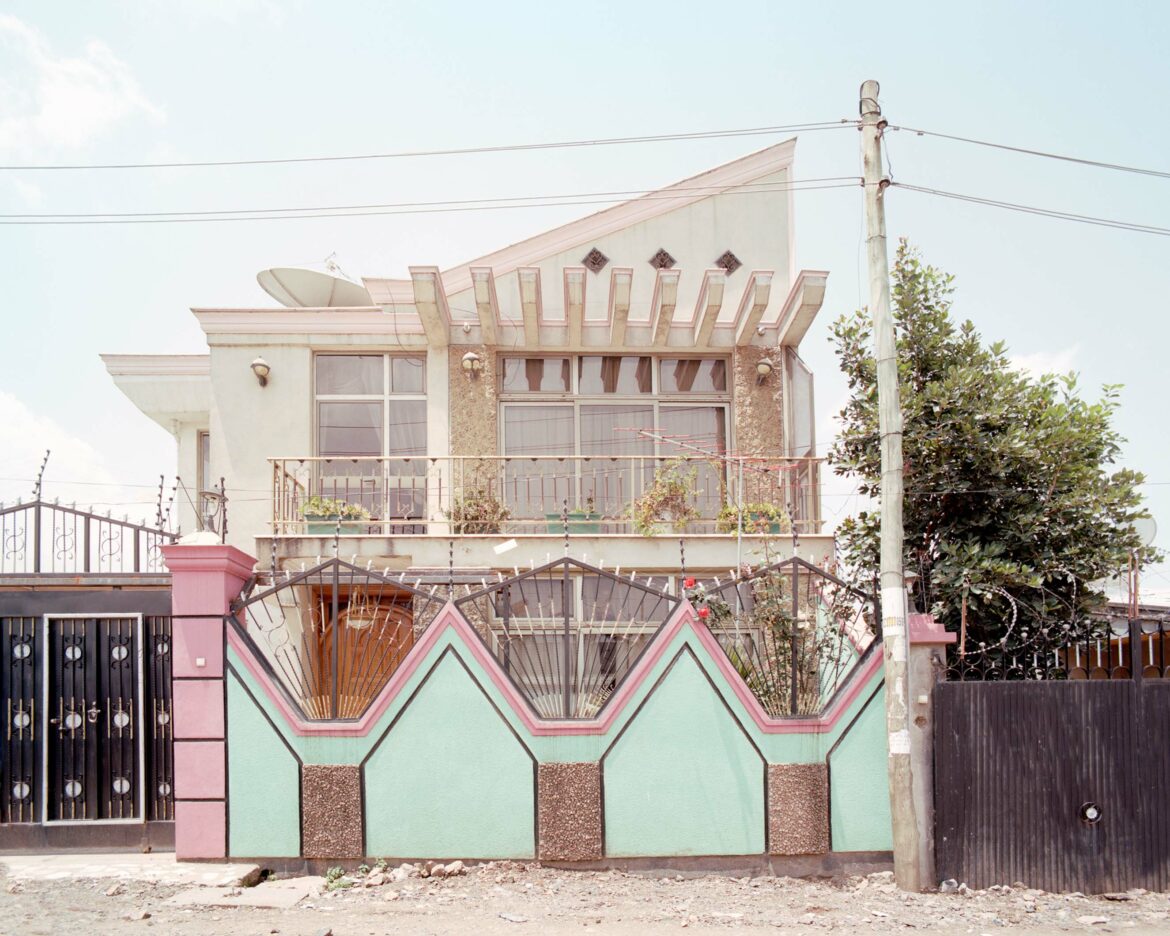According to the United Nations’ predictions, the population of Addis Ababa will increase from approximately 4 million to 8 million by 2025. Hence the Ethiopian government has already taken action with urban redevelopment occurring across the capital.
A ‘Sleeping Beauty’ for decades, in the words of Haile Selassie, Ethiopian society is now living the American dream. The new middle class can afford a car and a house in the peripheral areas, shopping at the malls, and dining out in restaurants. Western imagery fosters the renovation of the city, although the American dream is carried out by the Chinese, the most influential among the international investors.
Despite the importance of urban development, there are still unsolved contradictions within society and questions rise about the sustainability of modernization. In Addis Ababa too many citizens do not have access to drinkable water, health cover and education. A large part of the population live in slums, which cover 80% of the overall built surface. New infrastructures are planned without any regard to natural or urban surroundings. Water and air pollution is an issue, and yet there are no strong environmental policies.
This series of photographs aspires to be a look at the process of modernization of Addis Ababa, along with its traditional features. Most of the images are intentionally from a distance, in order to widen the proportion of urban interventions and provoke a sense of loss. At the same time the presence of people provides a more human proportion. The depiction of the most vernacular of places is more intimate and intends to be juxtaposed with the modern city.
